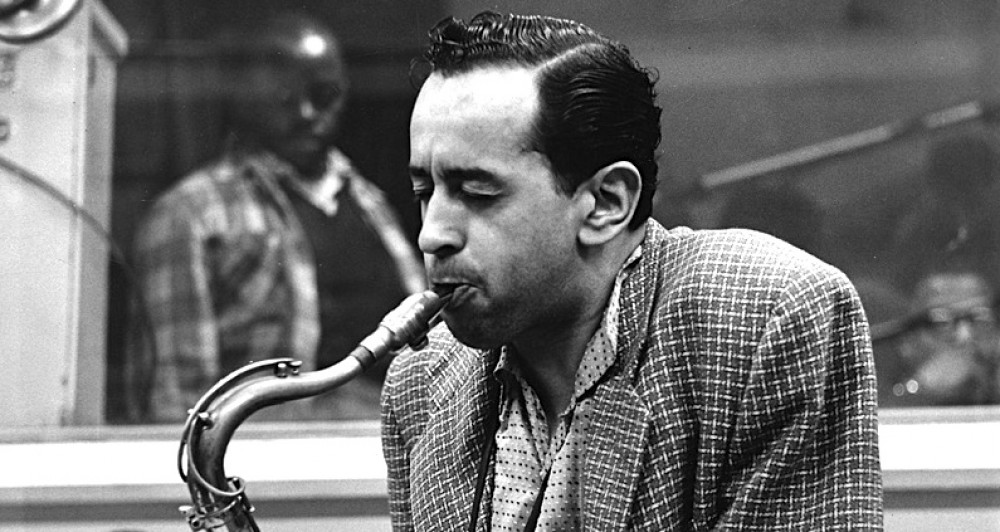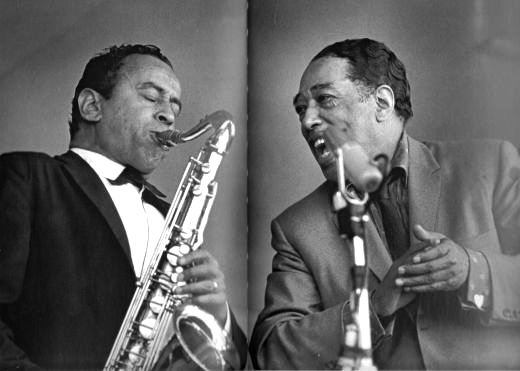
Gonsalves joined Duke Ellington in 1950 and stayed with him almost continuously for twenty-four years. He flirted with atonality long before John Coltrane or Eric Dolphy. In fact, his combination of cool atonality with hot rhythms made him one of the most original of all tenor sax men.
In his long tenure with Ellington, Gonsalves’ electrifying 27-chorus improvisation on Diminuendo and Crescendo in Blue at the Newport Jazz Festival in 1956 marked his breakthrough to public fame and the beginning of a comeback for the Ellington band.
During his long, fragmented tenure with Ellington, Gonsalves became a giant. His playing bore traces of Webster and Hawkins, and, in more reflective moments, displayed what has been described as a ‘vocalsied but fragile tone’ reminiscent of Lester Young’s. Yet for all these borrowings, his became a distinctive, striking voice quite unlike those of the three grand masters and hardly ever their inferior.

Paul Gonsalves retained in his playing those distinctive qualities which led many fellow musicians to rate him in the top handful of truly great tenor saxophonists. He was a giant of jazz, an engaging and delightful figure, and left behind on record, an extensive library of masterful musicianship.
Gonsalves died in London a few days before Duke Ellington’s death. Mercer Ellington refused to tell Duke of the passing of Gonsalves, fearing the shock might further accelerate his father’s decline. Ellington and Gonsalves, along with trombonist Tyree Glenn, lay side-by-side in the same New York funeral home for a period of time.